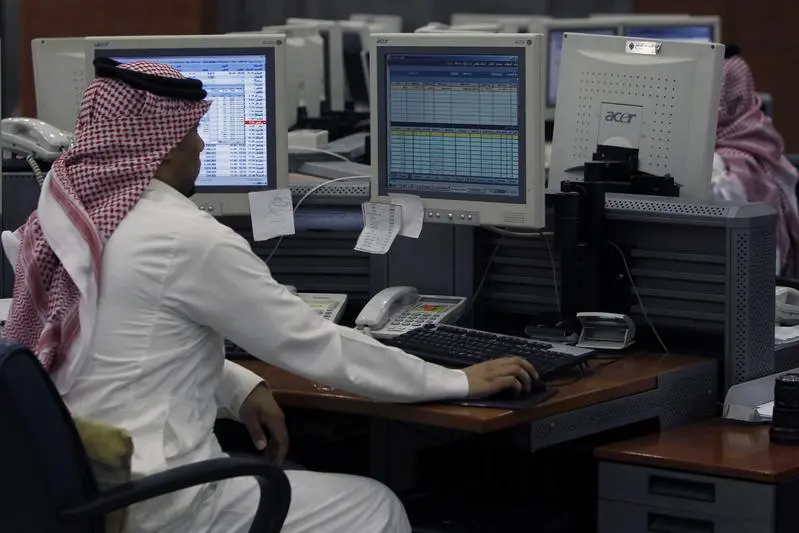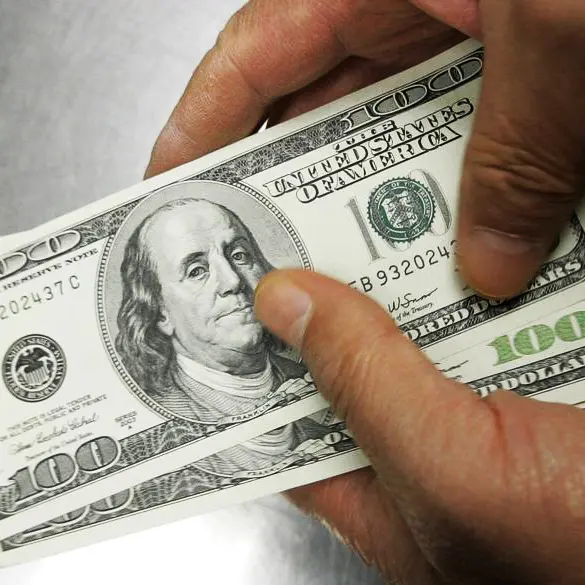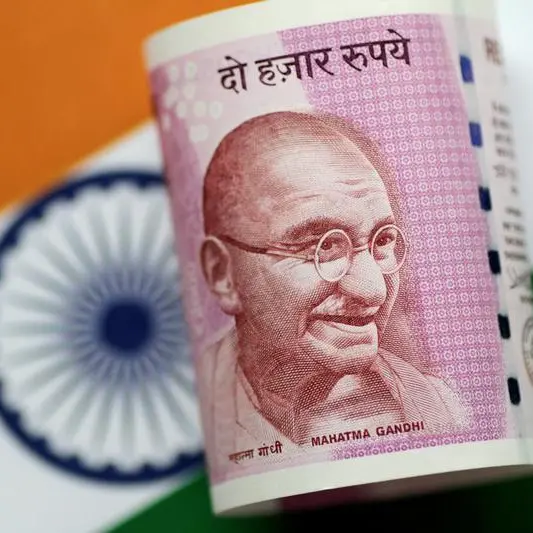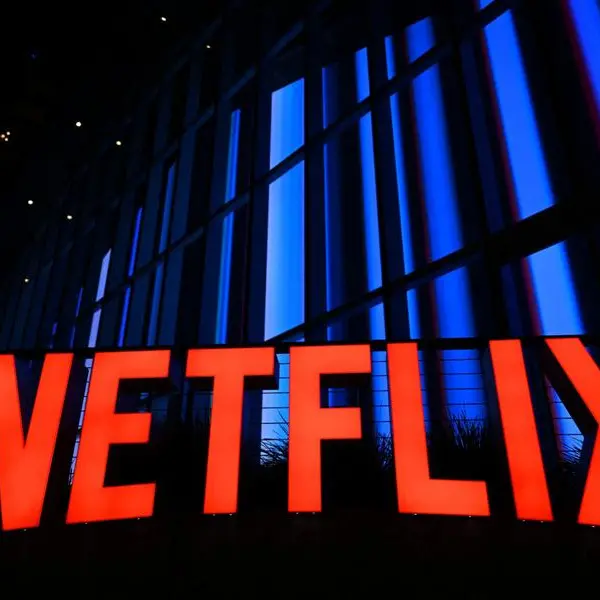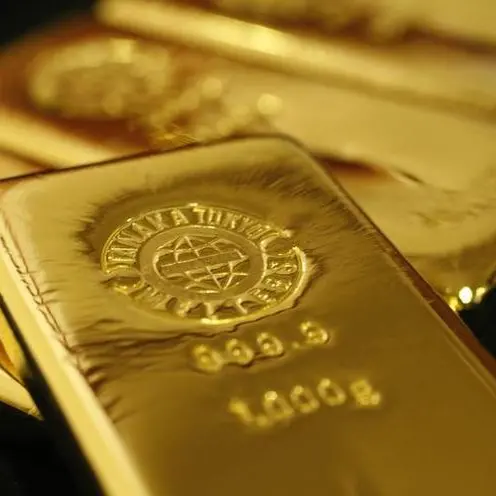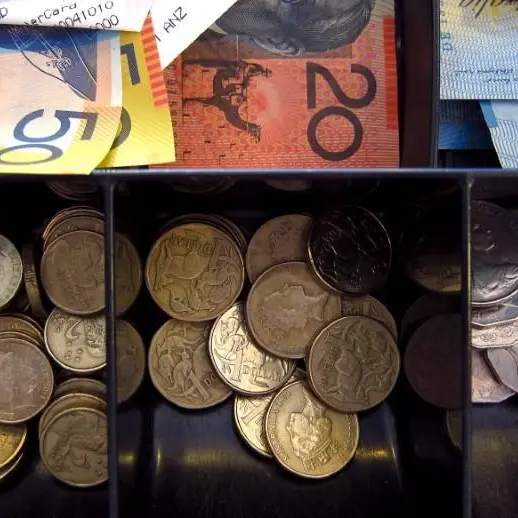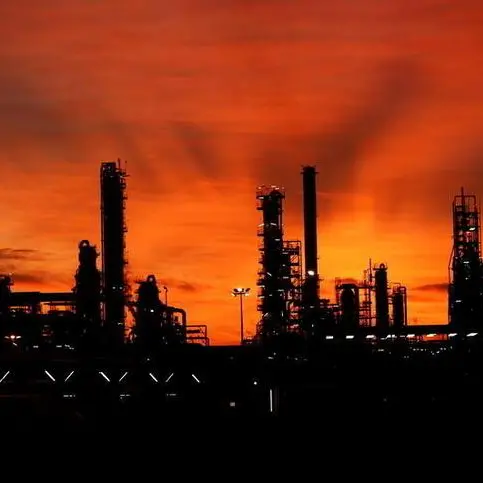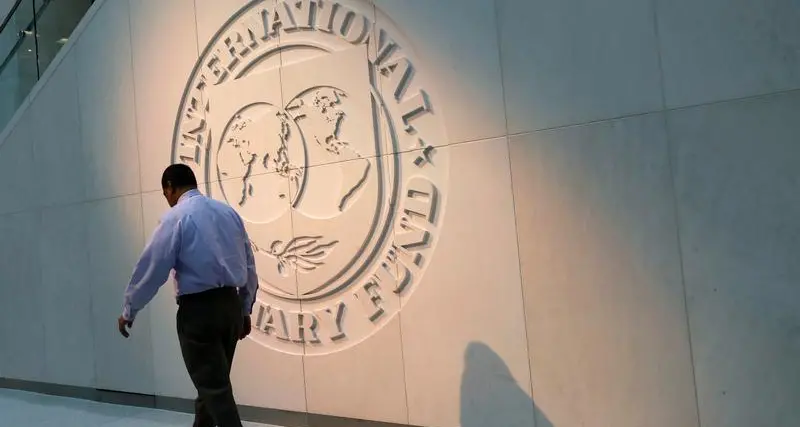PHOTO
Most stock markets in the region gained in June as a rise in oil prices and global markets boosted investor sentiment.
Saudi Arabia’s index recorded the best monthly performance against its peers, while Oman’s index was the worst performer. The aggregate stock market index of the six Gulf Cooperation Council (GCC) countries along with Egypt rose 11.77 percent in June.
Global equity markets rallied during the month on easing trade tensions between the US and China. Oil prices also gained on worries over heightened tensions between the US and Iran.
Data from Eikon by Refinitiv shows that Brent prices gained 3.19 percent during the month, while the MSCI world index of global stocks added 6.46 percent.
Saudi Arabia
Saudi Arabia’s stock market index gained the most in June, rising 3.58 percent.
Vijay Valecha, chief investment officer at Century Financial, told Zawya that the rally was “supported by government relaxation of foreign ownership limit restrictions for the listed companies.”
The Capital Market Authority (CMA) announced in the last week of June that it has removed the limit (previously 49 percent) on ownership for foreign strategic investors in shares of listed companies. (Read more here)
Valecha added that some of the beneficiaries of the the new government initiative were Bupa Arabia, Saudi British Bank (SABB) and Arab National Bank (ANB).
Data from Eikon shows that shares in Bupa Arabia rose 10.68 percent, while SABB’s shares gained 5.44 percent and ANB’s stock rose 4.6 percent. A Thomson Reuters index of Saudi banks also shows that the sector added 2.57 percent during the 30-day period.
“The inclusion of Tadawul in MSCI and FTSE Russel indices means that it can move higher to 9,300 this month,” Valecha said. On June 30, the Saudi index was trading at the 8,821 level.
Saudi Arabia’s stock market joined the MSCI emerging market index at the close of the trading session on May 28. (Read more here)
The Kingdom’s stock market was also added to the FTSE Russel secondary emerging market index on March 18 this year. (Read more here)
UAE
Stock markets in the UAE saw a mixed performance in June. Dubai’s index gained 1.46 percent while the Abu Dhabi index dropped 0.47 percent.
The insurance sector was the top performer in Dubai adding 6.8 percent, with Islamic Arab Insurance (SALAMA) gaining 11.2 percent and Dar Al Takaful rising 8.32 percent.
A Thomson Reuters index of the Dubai real estate and construction sectors rebounded 7.01 percent during the period, after dropping 7.01 percent last month. Shares in Damac Properties rose 7.56 percent in June after a 30.65 percent drop in May.
“With central banks across the world expected to ease the monetary policy, we can expect real estate heavy DFM index to perform well in the month of July and test the level of 2840,” Valecha said.
The Abu Dhabi industrial sector dropped 3.5 percent, weighing on the performance of the stock market index during the month, with Arkan Building Materials Company shares dropping 19 percent.
According to Valecha, “the implementation of stimulus measures from (the) Abu Dhabi government should help ADX rally to 5090 by the end of July.” On June 30, the Abu Dhabi index was last trading at the 4,980 level.
The Abu Dhabi government announced in 2018 that it would roll out a three-year 50 billion dirhams stimulus package aimed at accelerating the economic growth. (Read more here)
In May this year, the UAE government said it will offer permanent residency for investors and exceptionally skilled foreigners. (Read more here)
At the end of June, ratings agency S&P Global said that it expects Abu Dhabi's GDP to edge up to 2 percent this year and continue to gradually climb to 3 percent by 2022. (Read more here)
Qatar
The Qatari market index rose 1.78 percent in June, after dropping 1 percent in May.
A research note by the Kuwait Asset Management Company (Kamco Research) said that the telecom index was the best performing index on the market, gaining by close to 8 percent, while the consumer goods and services index followed, adding 6.8 percent.
Eikon data shows that an index of banks and financial services companies also rose 2.37 percent. Qatar National Bank (QNB), the Middle East's largest lender by assets, saw a 2.18 increase in its shares.
“Trading activity on the index was mixed month-on-month, as value traded during the month of June decreased by 46.9 percent to reach QAR 5.5 billion, while traded volumes improved by 52.9 percent month-on-month to reach 672 million shares,” Kamco said.
“In terms of trading activity, Mesaieed Petrochemical topped the monthly value traded chart with QAR 2.1 billion worth of shares traded, followed by QNB and Ezdan Holding Group recording QAR 1.05 billion and QAR 1.02 billion in monthly value traded,” Kamco noted.
Egypt
Egypt’s blue-chip index EGX30 was one of the top performers in the region in June, adding 2.39 percent, following sharp drops in May, when the index lost 7.7 percent.
“Massive decline seen in May has nearly wiped out the year-to-day YTD gains of more than 17 percent seen on the Egyptian index in early part of the year,” Valecha told Zawya. The EGX30 index has now added 8.17 percent so far in the first half of the year.
The highest weighted stock on the index, Commercial International Bank (CIB) saw its shares rally 2.93 percent in June. The bank’s stock price added 24.51 percent in the first six months of the year.
“Going ahead, the overall index is likely to remain range bound to moderately bullish on back of overall positive sentiment surrounding the banking sector,” Valecha said.
“However, as seen in the latest June PMI (Purchasing Managers’ Index) report, most of the firms are worried about the deterioration in exchange rates with weaker falls in output and new orders also threatening growth prospects,” he added.
The main findings of the Emirates NBD Egypt PMI June survey showed that selling prices were unchanged, also pointed to a weaker falls in output and new orders and a rise in input costs at the slowest rate in three months. (Read more here)
“Technically, the index has good support at (the) 13800 levels with strong resistance seen near 14,200 - 14,250 zone,” Valecha said. On June 30, the Egyptian index was last trading at the 14,100 level.
Bahrain
The Bahraini index added 2.62 percent during the month.
“Commercial Banks was the best performing index, as it gained by 4.0 percent month-on-month, ascribed to a 4.6 percent increase in AUB (Ahli United Bank) and 3.1 percent gain in the share price of NBB (National Bank of Bahrain). The Services and Hotels & Tourism indices also gained, by 3.5 percent and 2.7 percent respectively,” the Kamco Research report said.
S&P Global ratings said in its latest report on Bahrain that it expects economic growth to average 2.4 percent over 2019-2022 and fiscal deficit to be reduced to 4.6 percent in 2022. (Read more here)
“Trading activity picked up, as volumes increased by 81.1 percent month-on-month to reach 123.1 million shares. Value traded more than doubled (+127 percent) month-on-month and reached BHD 36.9 million. The number of trades made in the exchange also increased to 1,766 trades, up 25.4 percent m-o-m from May-19,” the Kamco Research report said.
“AUB was the most actively traded stock in Jun-19 with BHD 26.3 million worth of its shares traded on the exchange,” the report added.
Kuwait
Kuwait’s premier market index added 2.16 percent during the 30-day period.
“Kuwaiti indices remained upbeat during June-19 as investors awaited the MSCI decision to upgrade the country’s status from Frontier Markets to Emerging Market,” Kamco said in its report.
On June 25, MSCI announced that it would upgrade Kuwaiti equities to emerging market status in its May 2020 semi-annual review. (Read more here)
“The upgrade had boosted trading activity on the exchange as it is expected to attract more than USD 2 billion in additional passive investment in Kuwaiti stocks,” the Kamco research report added.
According to the International Monetary Fund’s (IMF) January report, Kuwait’s non-oil growth is projected to increase to 3 percent in 2019 and 3.5 percent in 2020, assuming that oil prices average $61.50 per barrel in 2019-2020 and $60.60 over the medium term.
At the end of June, oil prices were trading near $66.55 per barrel.
Oman
The Muscat securities market index was the worst loser among its GCC peers, dropping 1.25 percent.
“On the sectoral front, the Services index was once gain the top decliner with a fall of 3.0 percent followed by the Financial index at –0.9 percent while the Industrial Index was marginally up by 0.1 percent,” the Kamco Research report said.
The Omani index has dropped 10.15 percent in the first half of the year 2019. On April 19, ratings agency S&P Global cut its outlook on Oman to negative from stable, while affirming its debt score at BB.
Ratings agency Moody's downgraded Oman's sovereign rating to junk status in March this year. (Read more here).
“Monthly value traded almost doubled to a reach a five-month high level of OMR 52.9 million in June from OMR 27.9 million in the previous month,” Kamco Research said in a report.
“The increase came primarily on the back of higher value traded in parallel market stocks that more than doubled to OMR 24.4 million as compared to OMR 11.1 million during May2019,” the report added.
(Reporting by Gerard Aoun; Editing by Seban Scaria)
Our Standards: The Thomson Reuters Trust Principles
Disclaimer: This article is provided for informational purposes only. The content does not provide tax, legal or investment advice or opinion regarding the suitability, value or profitability of any particular security, portfolio or investment strategy. Read our full disclaimer policy here.
© ZAWYA 2019